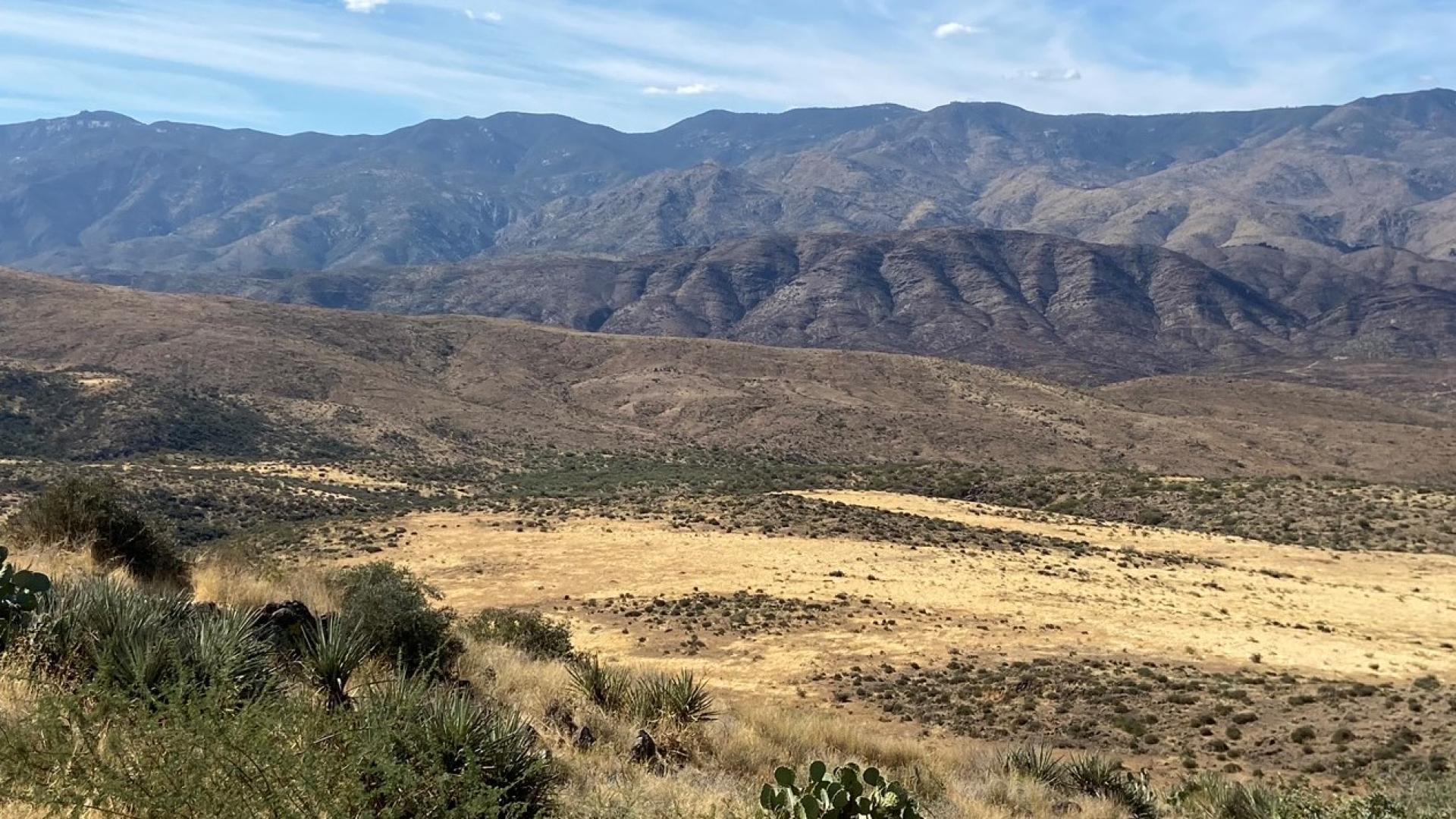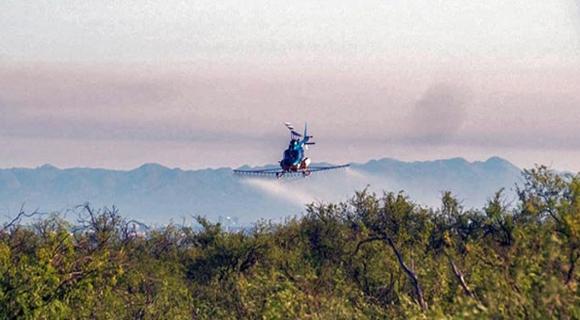
- Revised by Anne Gondor and Austin Rutherford, University of ArizonaBody
Sometimes the present plant community on a site may not meet your goals for managing livestock, wildlife, or ecosystem health. An undesirable plant community may require human intervention, where there are many strategies/methods available, to facilitate desired site- or landscape level transformations to meet management goals. Two of the most prevalent vegetation changes occurring on rangelands today is woody plant (brush) encroachment into grasslands and invasion by weedy species of forbs and grasses.
Within this topic, there are many pages covering select concepts on vegetation management and restoration with tools and resources to achieve specific land management goals.
Related Resources
Videos
Restoring rangelands in the Danskin Mountains of Idaho
Following the 280,000-acre Pony-Elk Complex wildfires in 2013, rancher Jeff Lord partnered with state and federal agencies to assist with range-rehabilitation projects in the Danskin Mountains. Lord hopped on his tractor and helped with drill-seeding range grasses and plants immediately following the fires, and the BLM and Boise National Forest also flew aerial-seedings the following winter. The Life on the Range video crew toured the Danskin Mountains with Lord and Boise National Forest range management specialist Cindy Lancaster in June 2019 to see how the post-burn fire rehabilitation and restoration work.
Restoring Sagebrush Rangelands in the Great Basin
Utah State University Extension provides an overview of the need to restore sagebrush rangelands following Juniper encroachment and cheatgrass invasion.
Tools
- This tool is designed to assist land managers with the rangeland restoration and/or rehabilitation planning process. The tool assembles information ab…
- University of Arizona Cooperative Extension's easy to use platform to investigate potential species based on site characteristics and management…
- This tool and publication provides an introduction and overview of a decision-making process called Ecologically-Based Invasive Plant Management (EBIP…
- The US Geological Survey's Invasive Species Habitat Tool (INHABIT). This tool is designed to display outputs from models of exotic species as com…
Featured Resources From the Database
- Technical Report
This work, in three volumes, provides background on philosophy, processes, plant materials selection, site preparation, and seed and seeding equipment for revegetating disturbed…
- Technical Report
Free electronic download only. The amount of water that soaks into the soil largely determines plant productivity. We can manage and conserve water where and when it falls, and by…
Additional Links
- US Environmental Protection Agency Integrated Vegetation Management Fact Sheet
- New Mexico State University – New Mexico Rangelands
- Collaborative Conservation and Adaptation Strategy Toolbox
Further Reading
- Briske, D.D. 2011. Conservation Benefits of Rangeland Practices: Assessment, Recommendations and Knowledge Gaps. United States Department of Agriculture, Natural Resources Conservation Service.
- National Academies of Sciences, Engineering, and Medicine. 2020. An Assessment of the Need for Native Seeds and the Capacity for Their Supply: Interim Report. Washington, D.C.: National Academies Press.
- United Nations. 2019. 2010–2020: UN Decade for Deserts and the Fight Against Desertification.
